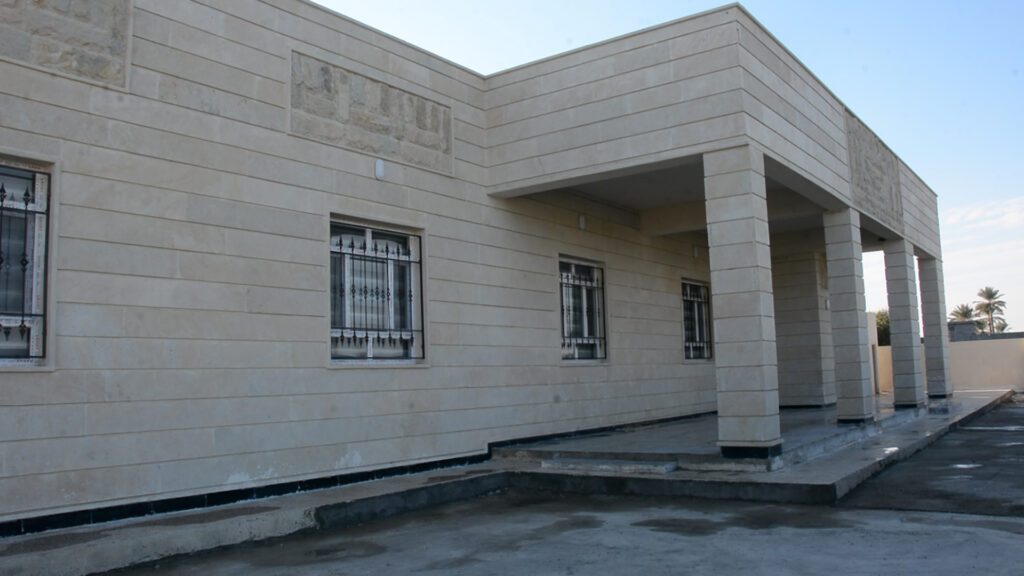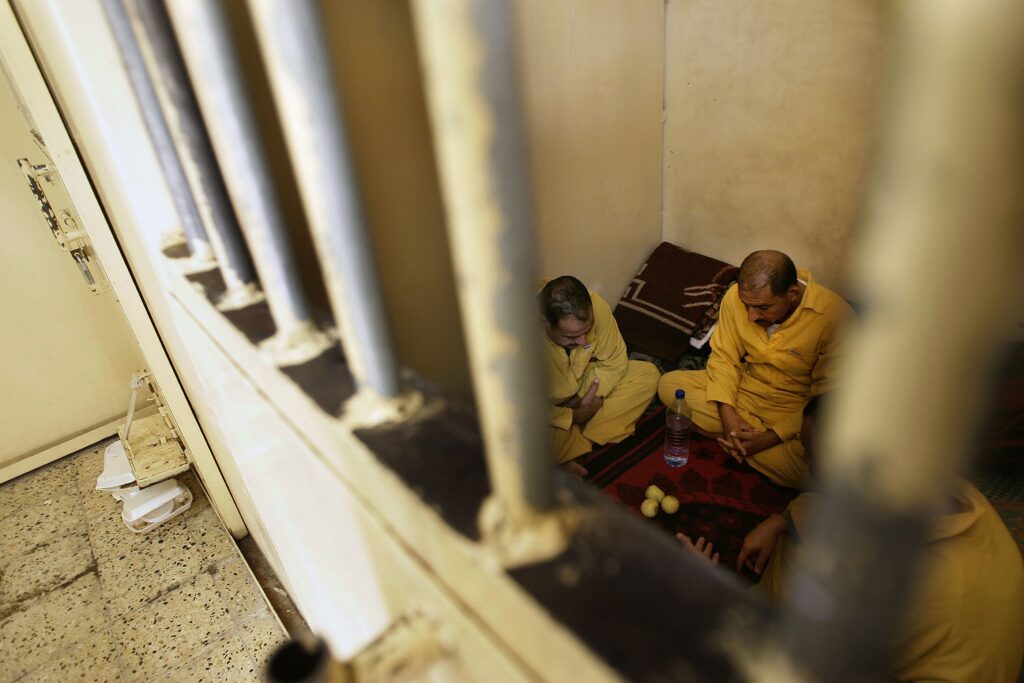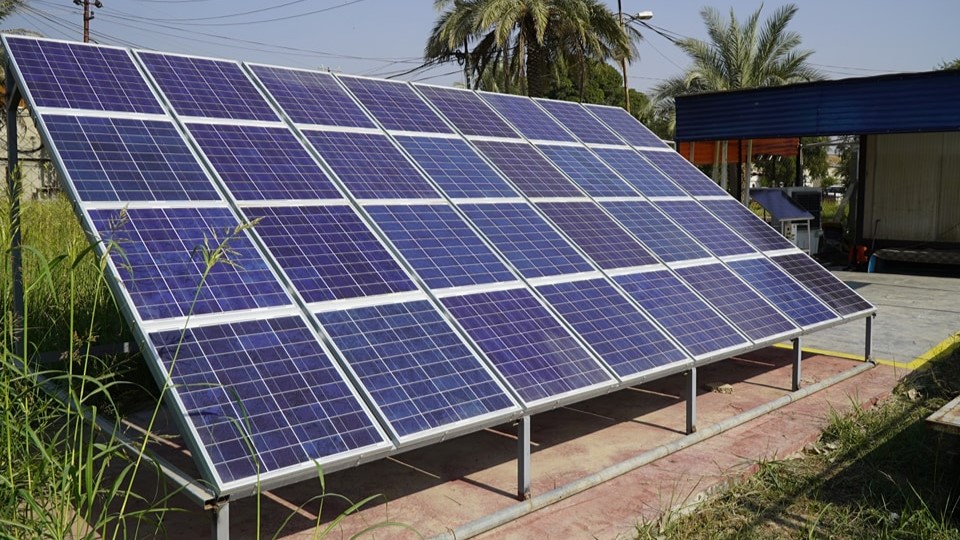Czechia: Asylum Seekers and Beneficiaries of International Protection in V4 Countries (Updated Report)
Refugees in Czechia and the V4 countries - 2019 Updated Report
The number of people in the V4 with international protection (BIPs) has been stagnating. In Czechia there are currently 2,382 individuals. The amount of asylum applications in the V4 has significantly decreased, especially in Poland and Hungary. In Czechia, the ‘Top 5’ countries asylum seekers come from have changed, as Armenians, Uzbeks, and Georgians have replaced Syrians and Iraqis. These and other findings are part of a second comparative report about asylum seekers and BIPs in the V4 countries, published today by People in Need in cooperation with NGOs in Hungary (Menedék), Poland (IPA), and Slovakia (Marginal). The analysis also compares public attitudes towards refugees and migrants, levels of public awareness, and available integration mechanisms for the integration of BIPs.
Whereas the total number of BIPs (beneficiaries of international protection) in V4 countries has been stagnating, the number of asylum applications has significantly decreased in Poland and Hungary since 2016—by approximately 70% and 95%, respectively. From the perspective of the asylum seeker citizenship composition, the biggest change occurred in Czechia and Slovakia: In Czechia, in 2018 as opposed to 2016, there are now no Middle Eastern countries represented among the five most frequent citizenships of asylum seekers.
Eurobarometer public surveys continue to confirm prevalent negative moods towards foreigners living in V4 countries who originate from outside the EU. A small change towards more positive opinions has been detected in Hungary and Slovakia, but a further worsening of attitudes is present in both Czechia and Poland. It is possible to say that within the EU, the less frequent the personal contact with foreigners is and the lower the public knowledge about migration and integration issues is, the more negative the feelings are towards migrants and refugees amongst the general population. In the V4, more than half the population feels inadequately informed about these matters; in Czechia, it is a staggering 75%. The relative lack of knowledge showed itself in the inability of respondents to estimate the correct proportion of non-EU immigrants among the total population within their respective countries: The citizens of Poland and Slovakia guessed a total more than ca. ten times the actual number. Czech citizens guessed four times more.
“The fact that the citizens of V4 countries overestimate the numbers of non-EU foreigners living in their countries so significantly shows how little our imagination has to do with reality, and how much of a role media and political discourse plays in the creation of public knowledge”, comments Ond?ej Novotný, coordinator of the V4/NIEM project from the organisation People in Need.
The analysis, drawing on data from the broader NIEM comparative report (link below), also compares the national integration mechanisms for BIPs, not only among V4 countries but also among 14 selected EU Member States. One of its findings is that even though Visegrád countries often have the necessary legislation in many areas of integration, its effectivity is lagging—often due to poor implementation in practice, low awareness among public service providers and the general public, or the unwillingness of the local populations to accept foreigners, which makes integration that much more difficult for migrants and BIPs. In Czechia, the last issue is of principal concern.
In the end, the report represents a sequel to the story of the “quotas”, which in recent years have significantly shaped the debate surrounding refugee and migration issues in the V4. It then focuses with a critical view on the “new” themes that have been gradually substituting or complementing the issue of quotas in its dominance within each state—for example, the issue of external border protection or assistance in the country of origin.





